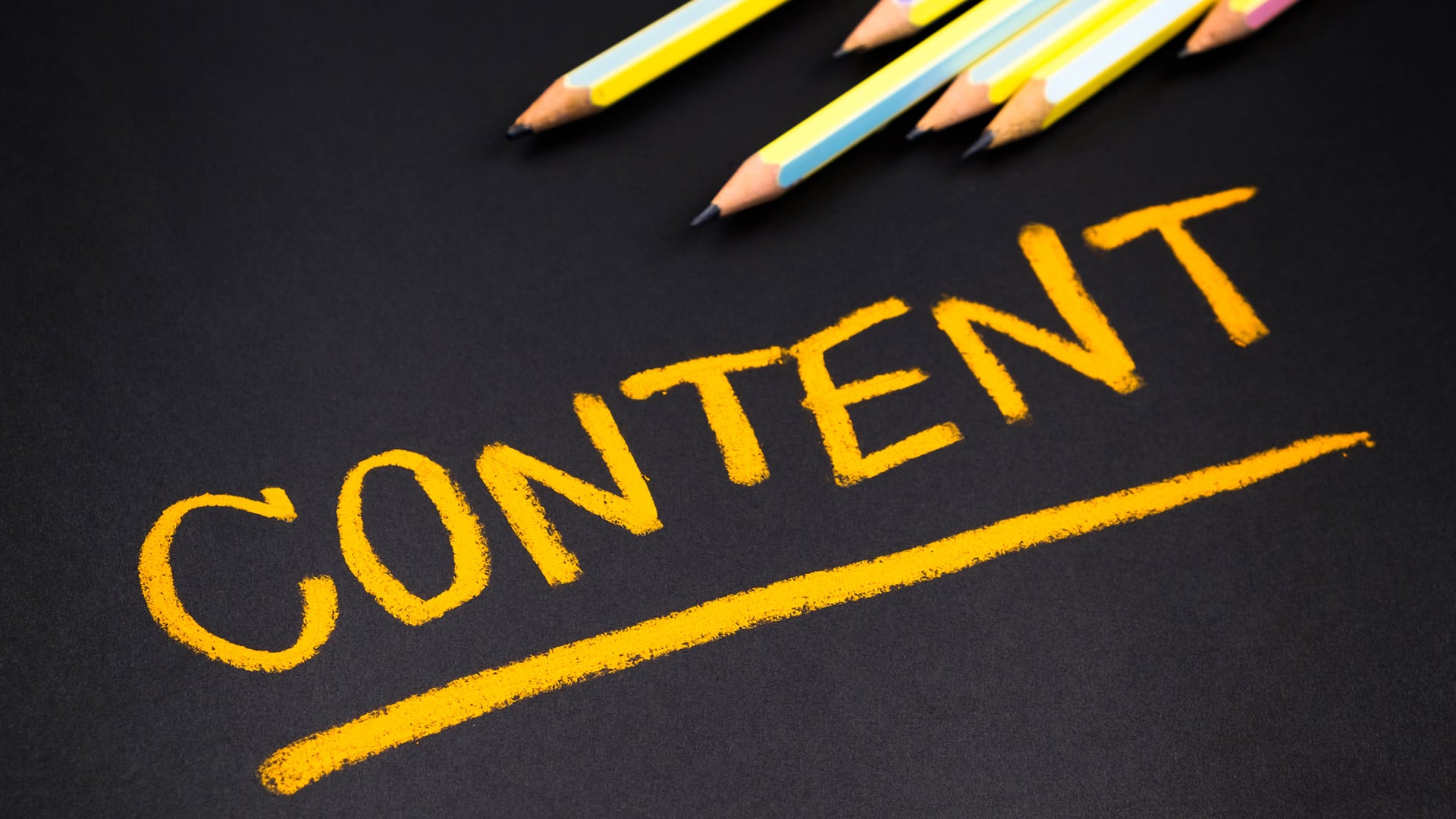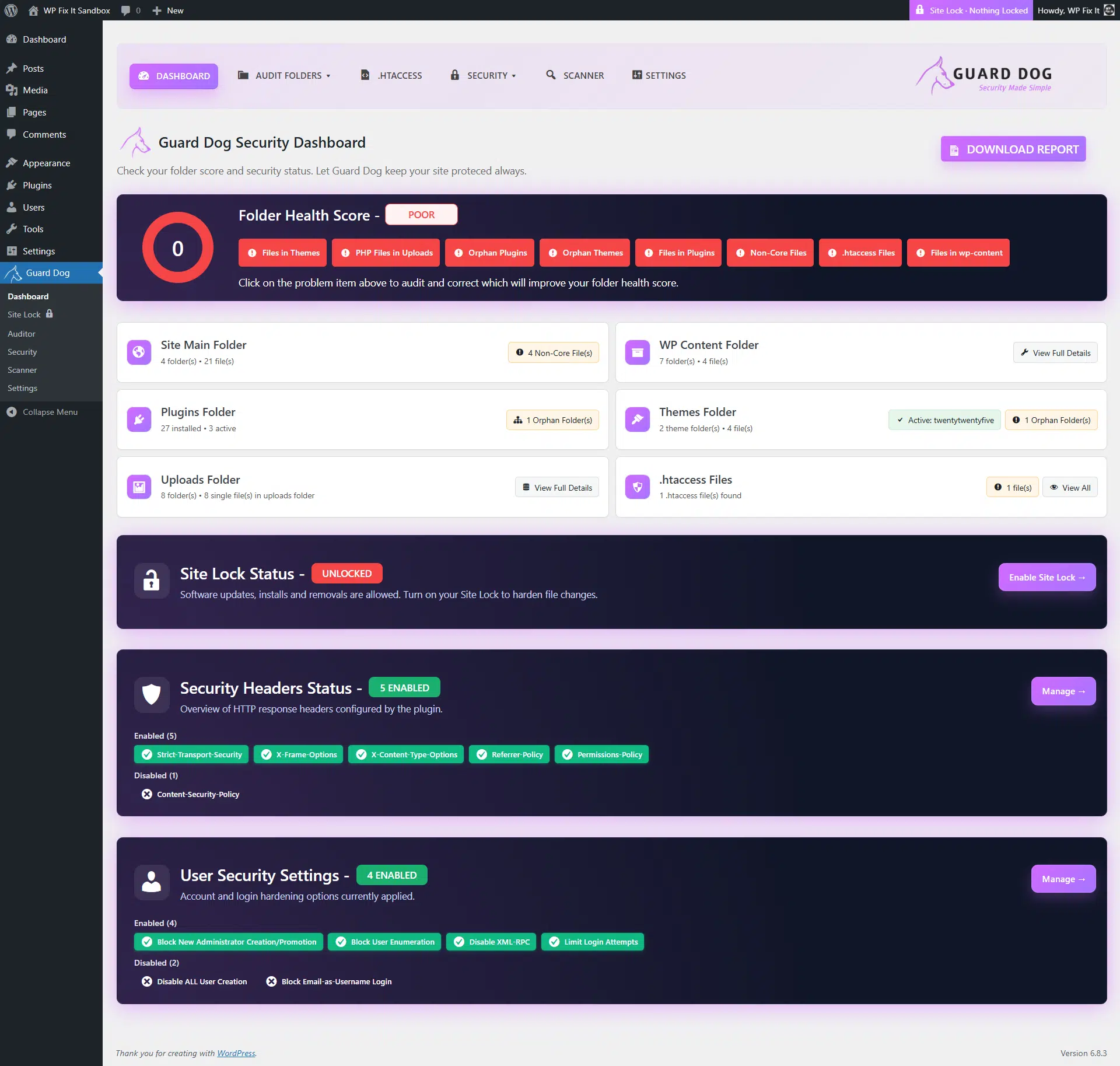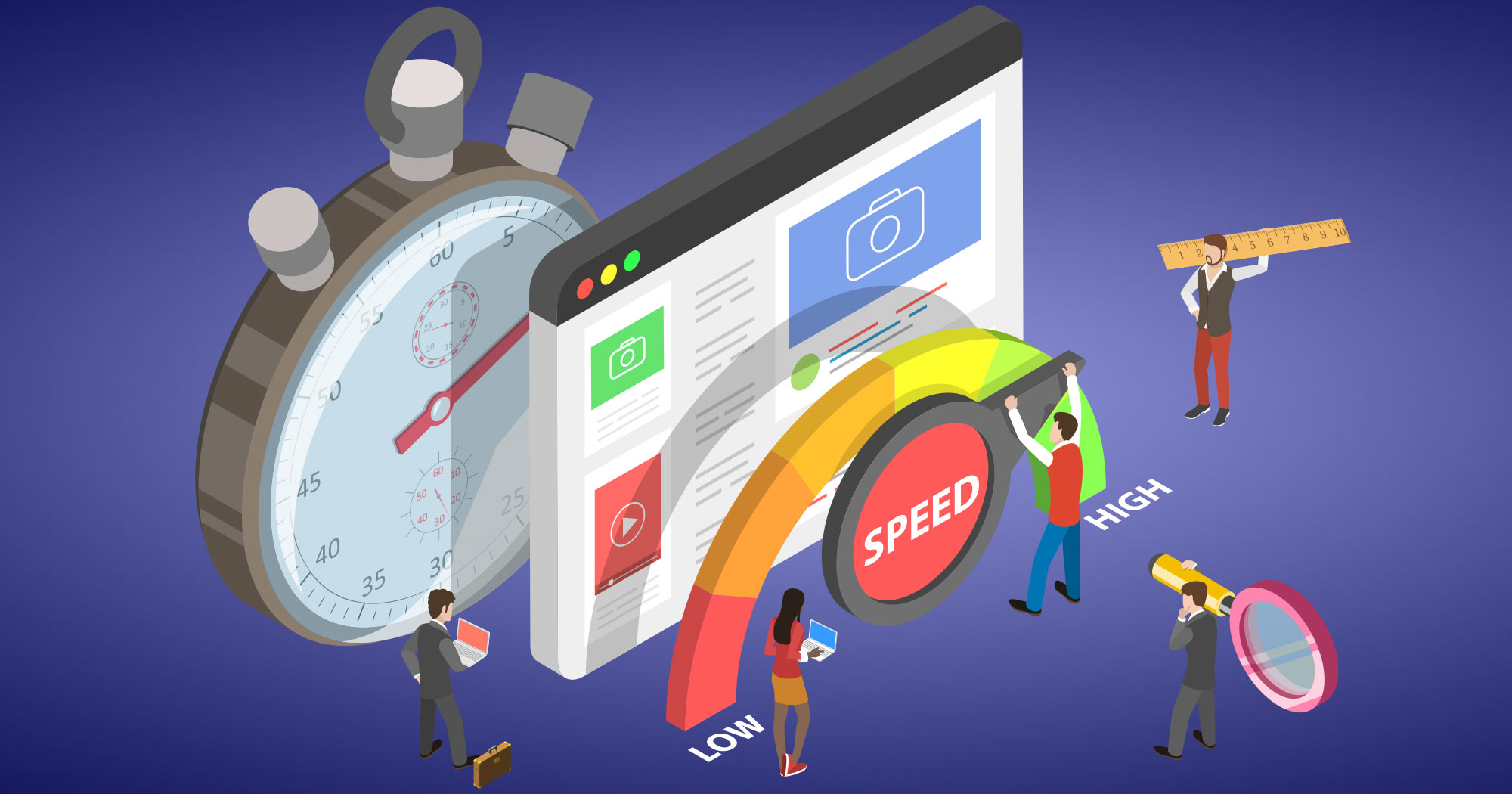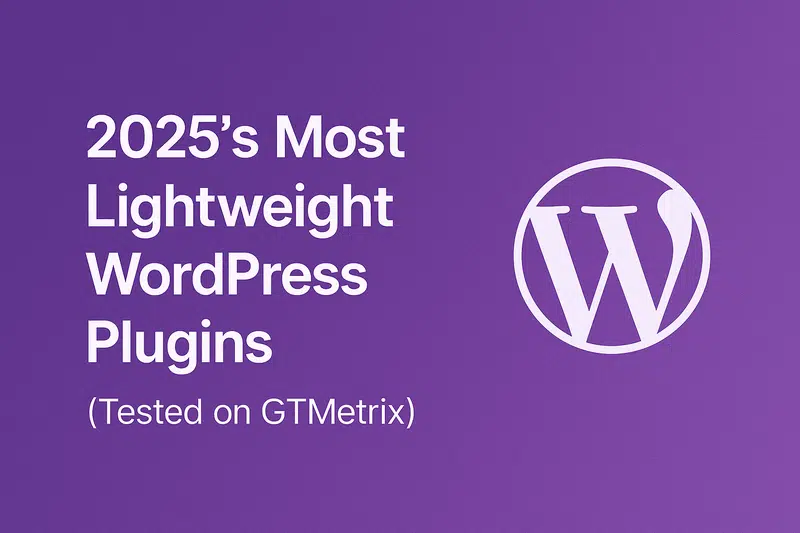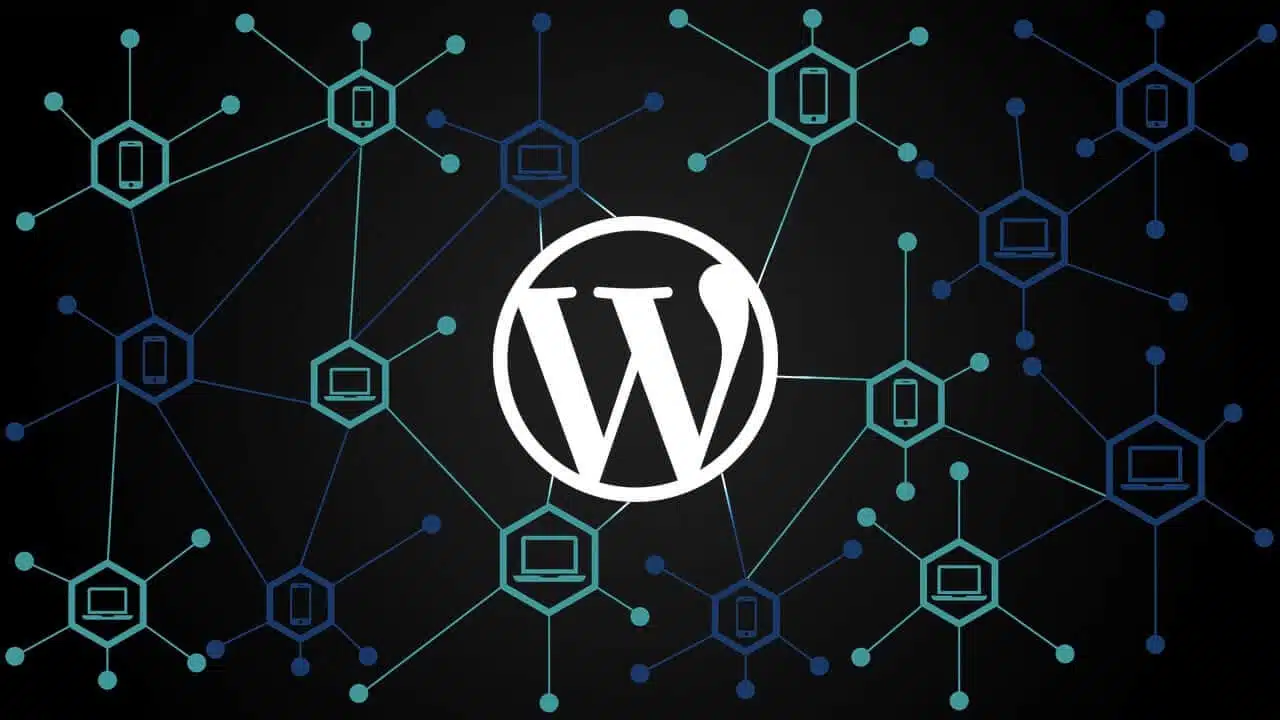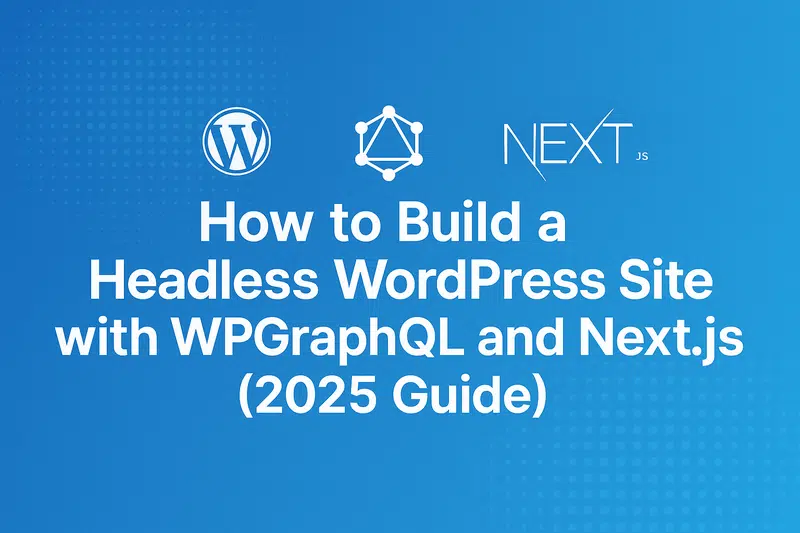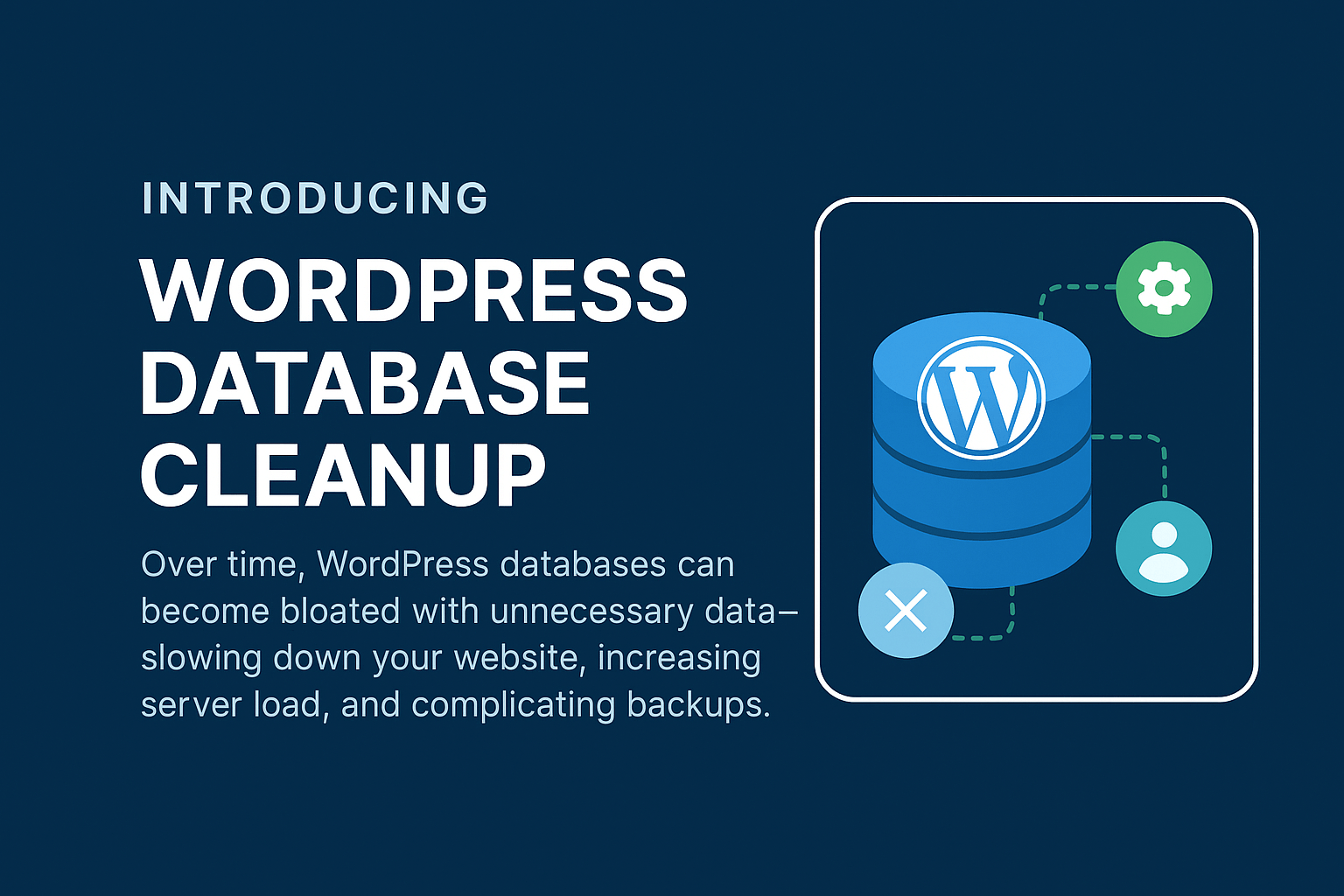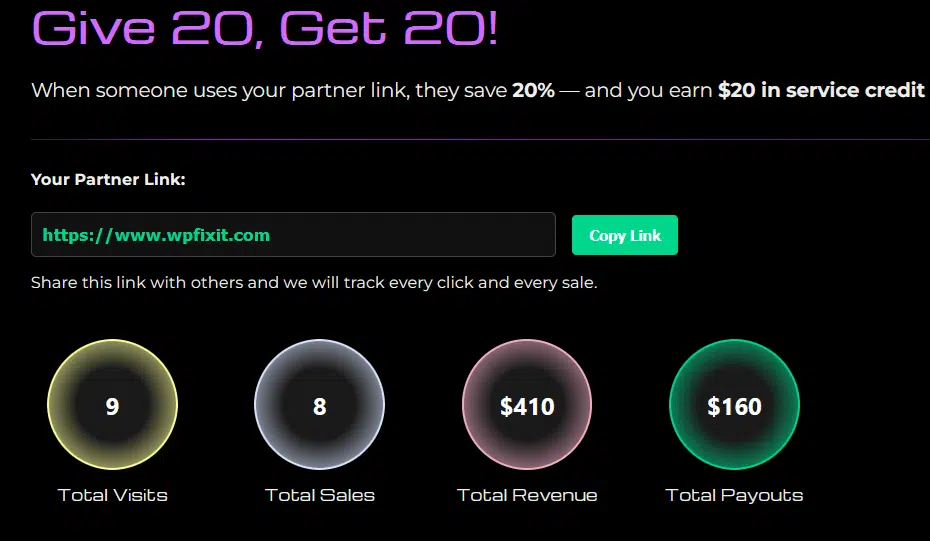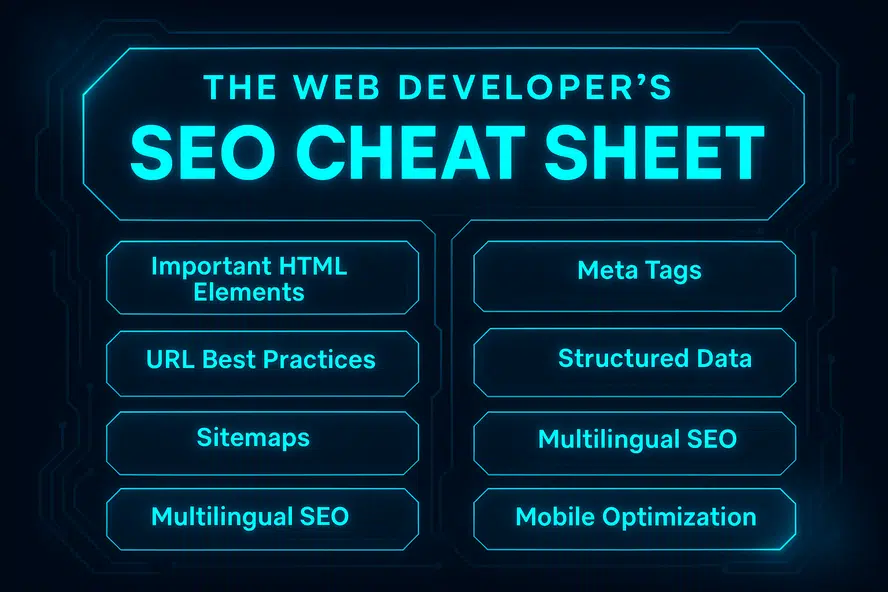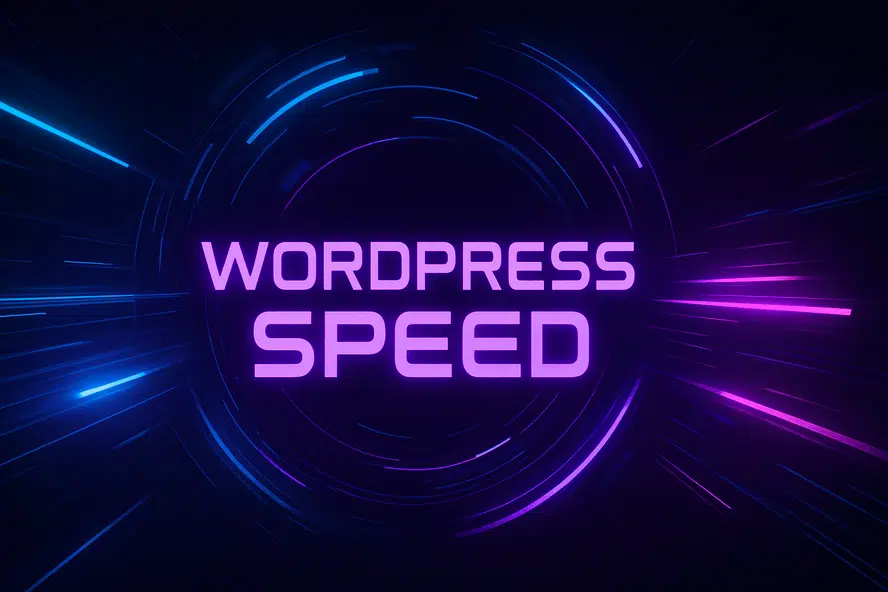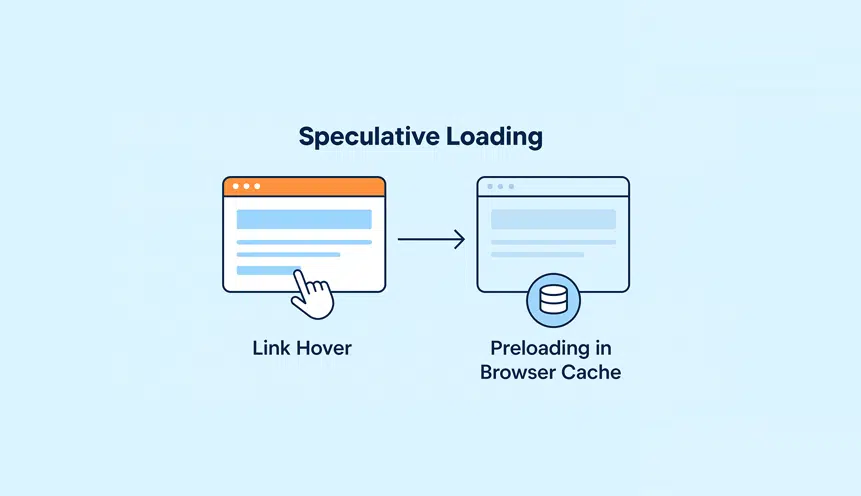What is the value of WordPress content?
All marketers are aware of just how important the content has become. It’s a cool thing to do and all companies are doing it. There is a need for constant content as well and all marketers must meet the challenge.
Some may wonder if content marketing is just a trend that will pass. But it’s not – and anyone who knows anything about the industry will tell you so.
Companies are creating crazy amounts of content so they don’t have a good opportunity to see which content works for their customers and which doesn’t. And while you are aware that your content is giving you leads and creating conversions, you still can’t gather all of the necessary metrics that support that.
This is a challenge for many companies and this is an important area.. You need to focus on some metrics and implement them in your content strategy and reporting structure as much as possible so that you can see what makes your content work and what makes it valuable to your audience so that you can replicate it further and avoid having issues.
Here are some of those metrics:
Content Production Cycle Health – Value Of WordPress Content
“Inefficiencies like sifting through email and similar things are making a big mark on your time and efficiency. This immediately affects your budget as well and this inefficiency is costing companies more than $958 million a year,” says Fred Peterson, a Senior Marketer at Australia2write.com.
You need to consider how healthy your content production process. You need to track:
- The average length of production – This is where you start tracking time from the start of your content creation to the end for various content types to form a baseline for each of these types so that you can track them and measure your time in the future against them
- Delivery rates – This metric tracks which content is delivered on time and which content is always late for some reason. You can then track where the main issue happens and alter your workflows to better suit your situation. Are any team members holding up the process? Is anyone using a tool in a wrong way? This metric can help you dig a bit deeper and find out what is holding up the production, where content is produced at a normal rate and where it’s not.
- Content coverage gaps – You need to align your content to the buyer’s journey and other objectives. Then you can find the gaps in coverage of this content and address them appropriately. If you don;t track this metric, you can end up making a ton of mistakes and leaving those important areas unserved.
The reach of your content – Value Of WordPress Content
“The external reach of your content is very important because it proves your effort in creating revenue. You need to measure your effectiveness and this can tell you about your engagement and ties to the revenue,” says Fay Dawson, a Content Manager at BritStudent.
You need meaningful analytics. Don’t develop content just because of content but because it’s relevant to your audience and serves a purpose.
- Measure engagement by each type
- Measure traffic by sales channel category
- Measure referrals
- Measure engagement by content type
- Measure engagement bu sales stages
- Measure engagement based on buyer persona.
Internal metrics are often overlooked but it’s the key to understanding how the teams are using your content. Here are some useful metrics to track:
- Month over month internal views
- Month over month internal downloads
- Internal shares
- Shares of asset via email or social
- Referrals earned
The ROI of your content – Value Of WordPress Content
Content scoring measures how effective your content is at driving conversions at each point of your buyer’s journey. How to integrate and measure this in our workflow so that it provides value to your teams?
- Define alignment on the buyer’s journey – If you don’t have a clear buyer’s journey alignment, this can create chaos. If you do, you can map out content types and produce content for each stage.
- Assign scores to content types – For each stage, the first and the last type or piece of content should have the largest score.
These are just some of the metrics you could try out to measure the value of your content. Hopefully, they will help you have a much better and more effective content marketing strategy.


